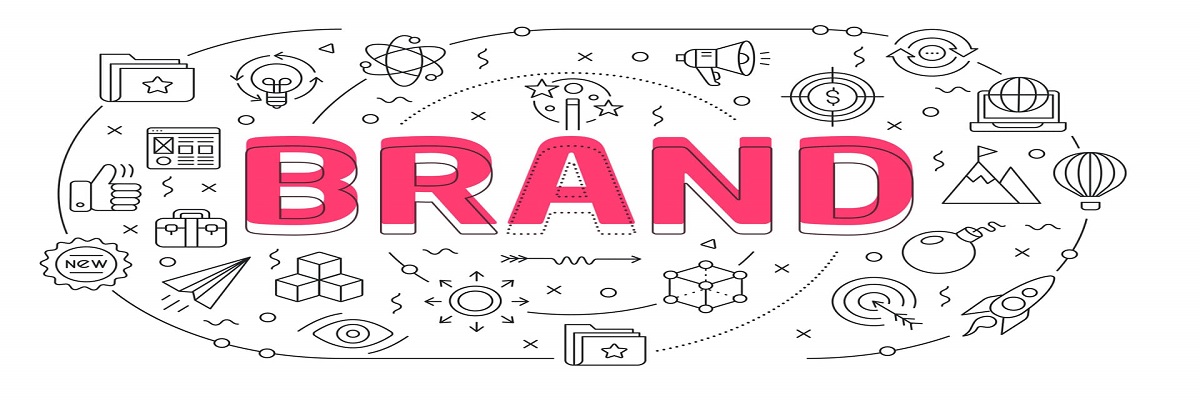If you’re running a company or are involved in high-level decisions as part of a leadership team, you probably already know the difference between branding and marketing. However, reminding yourself of the roles they play and how they contribute to organisational success in different ways can help you to build more effective internal processes and initiate important company-wide changes.
After going through a certain amount of branding, many companies sit back and think the job is done. Yet, a brand needs constant maintenance and care as your business grows. By relying too heavily on marketing tactics without addressing the core branding and identity of your businesses as you scale, you could be jeopardizing the way both your customers and your employees perceive your brand.
The Basics
Marketing encompasses a set of tools, processes, and strategies used to engage with a targeted audience to promote a specific product or brand. In a basic sense, they are a set of actions that a company takes in order to communicate with their customers and encourage them towards a purchase or other type of conversion.
Branding, on the other hand, is more conceptual and complex. Made up of various visual symbols, design choices and statements, as well as behaviours, it is concerned with who you are as a company and what you stand for. This does include your logo and mission statement, but it also includes the overall values, culture and principles your business adheres to.
When customers refer to a brand they like, it is more likely that they are talking about the branding — created through intentional branding techniques. Marketing output might get you noticed and cause a buzz, but it is the brand that underpins everything and keeps people coming back.
Both marketing and branding require well-considered strategies, and ideally, they should work together synergistically, with marketing campaigns and initiatives functioning within the company’s brand guidelines.
Distinct Outcomes
Marketing and branding perform similar roles on the surface, but you need to go deeper to understand how to leverage them both to their fullest potential. For instance, outcomes of marketing are meant to drive some kind of tangible result for the business. This could be qualified traffic to your website through SEO marketing, or more engagement on your social media channels.
Branding and brand-focused activities are more focused on long-term outcomes and perception. For instance, the goals of a rebrand could be to better position yourself in the market in relation to competitors through focusing on certain themes and values. It could also involve ways of building brand recognition and fostering greater customer loyalty with existing patrons.
It’s true that the output of branding can also lead to the same results as marketing, such as greater traffic and sales, however, these benefits should be more long-term and sustainable, rather than driven by one-off activities.
Hierarchy
We would say that good marketing doesn’t really exist if there isn’t a solid brand strategy in place. While some would disagree and say that any campaign that achieves its goals can be deemed successful, we believe that a branding framework should exist to facilitate and guide the kind of messages that are being distributed through various marketing activities.
When you’re trying to build long-term relationships with your customers, you first need to establish a clear idea of who you are and what you are offering. Without this, there’s nothing to keep customers loyal to your brand or stop them from choosing products from your competitors.
Timeline
Each marketing campaign will adhere to some kind of production and delivery schedule. This could be based around a product’s promotional period or even a season during the year, like Christmas. However, even the most extensive marketing campaigns will have a start and end date and a company will launch several different campaigns throughout the year based on current priorities.
A brand is slightly different in that it’s more of a living organism that should exist for as long as your company does. It might change significantly and be completely refreshed at certain points in your organisation’s life cycle, but it will always be there.
This is why it’s so important to actively shape your brand’s perception with your audience, and foster a deeper, more meaningful relationship with your customers. Being complacent about your branding can lead to poor brand reputation and lack of consistency across your channels and audience segments.
Branding is for Customers and all other Stakeholders
Your branding has a profound impact on your employees and the way they work. The most engaged employees feel like they can relate to a company’s values and principles. Having consistency and clarity in your brand allows people to believe in you and push towards your goals collectively. The same is true of service partner organisations, investors and local communities.
Building a Branding Strategy
Having the most talented marketing team can only get you so far if you haven’t taken the time to invest in your branding and identity as a business. For more information on why this matters or how you can do this, get in touch with us at Service Brand Global.

